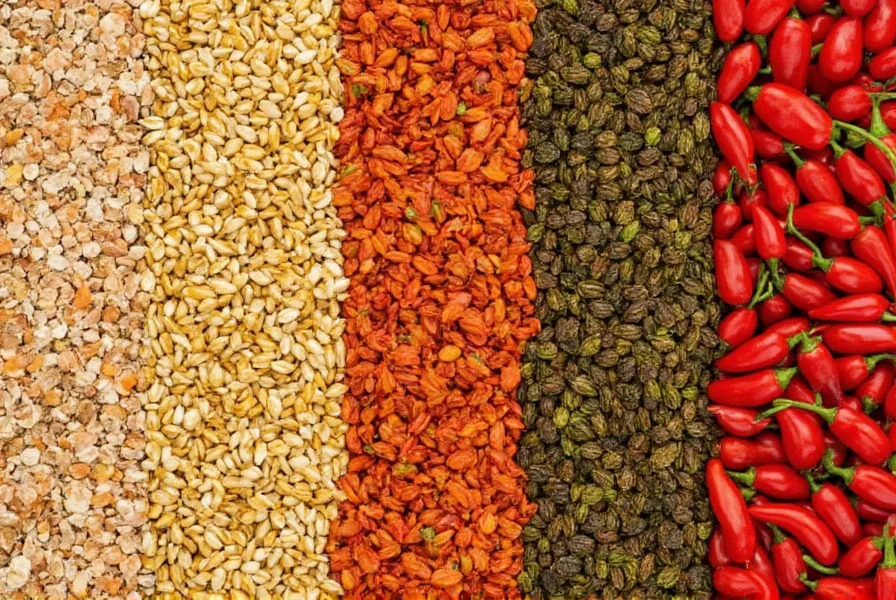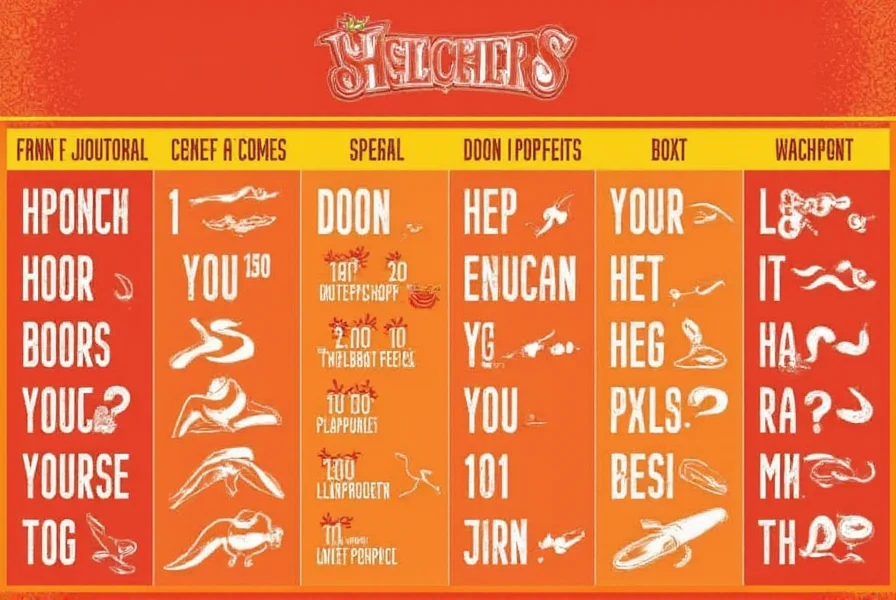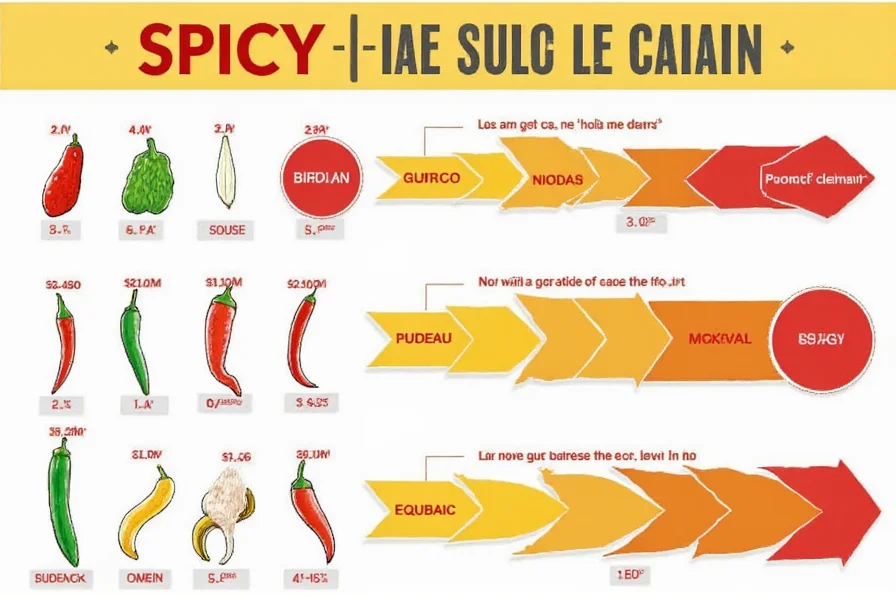Find the perfect chili pepper for your dish with this clear Scoville Scale comparison chart. See heat levels, flavor profiles, and uses for popular peppers at a glance.
| Pepper Name | Scoville Heat Units (SHU) | Flavor Notes | Common Uses |
|---|---|---|---|
| Bell Pepper | 0 | Sweet, crisp, fresh | Salads, stuffing, grilling |
| Jalapeño | 2,500–8,000 | Grassy, sharp | Tacos, nachos, salsas |
| Serrano | 10,000–23,000 | Fruity, tangy | Salsas, sauces, soups |
| Cayenne | 30,000–50,000 | Earthy, bright | Spice blends, marinades, hot sauces |
| Habanero | 100,000–350,000 | Tropical, citrusy | Creamy dips, jerk seasoning, fruit-based sauces |
| Ghost Pepper | 1,000,000+ | Smoky, floral | Chili challenges, extreme heat sauces |
| Carolina Reaper | 1.4–2.2 million | Fruit-forward, sweet then fiery | Guinness World Record holder for hottest pepper |

The Scoville Scale measures capsaicin concentration in peppers. Higher SHU = hotter. Modern testing uses chromatography for accuracy, replacing older taste-test methods.

When handling super-hot peppers, wear gloves and avoid touching your face. Capsaicin is oil-based, so dairy products like milk are more effective for relief than water.











 浙公网安备
33010002000092号
浙公网安备
33010002000092号 浙B2-20120091-4
浙B2-20120091-4